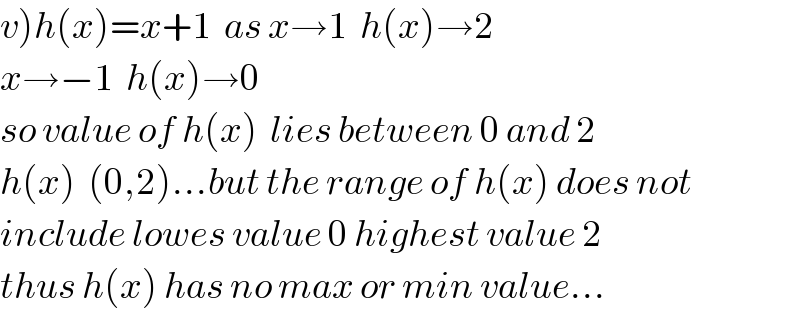
Question and Answers Forum
Question Number 39921 by Raj Singh last updated on 13/Jul/18
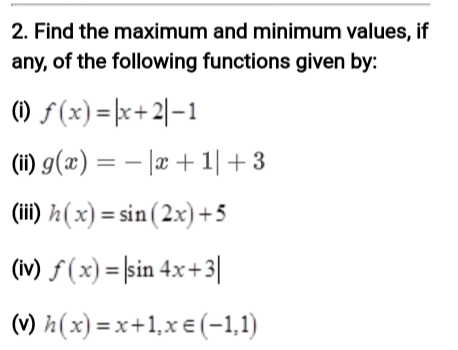
Answered by tanmay.chaudhury50@gmail.com last updated on 13/Jul/18
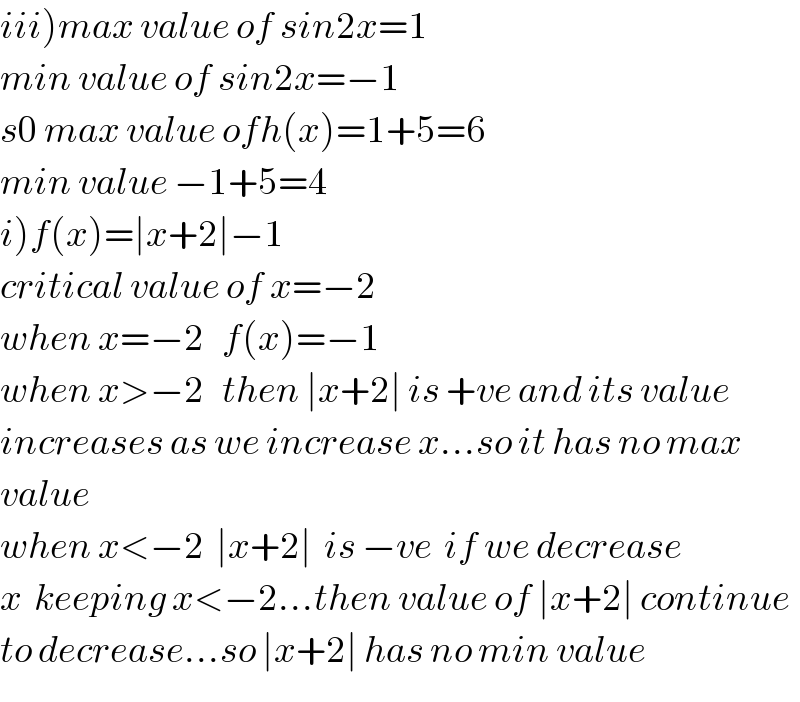
Answered by tanmay.chaudhury50@gmail.com last updated on 13/Jul/18
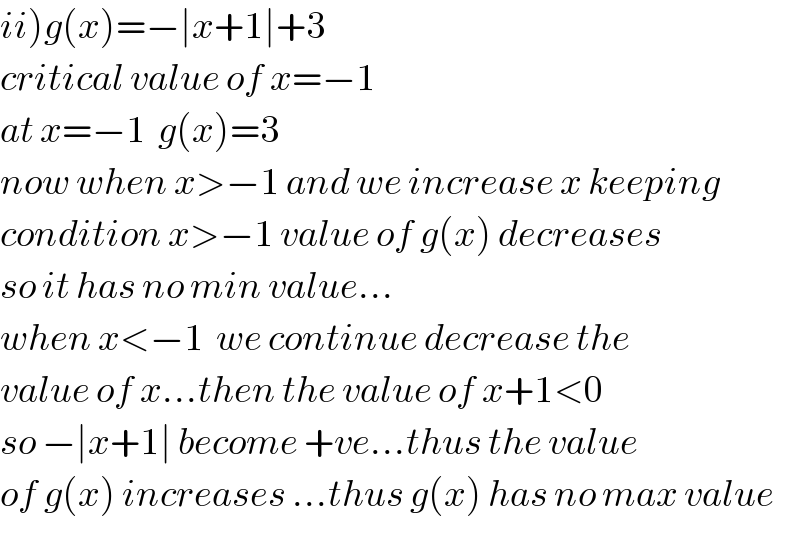
Answered by tanmay.chaudhury50@gmail.com last updated on 13/Jul/18
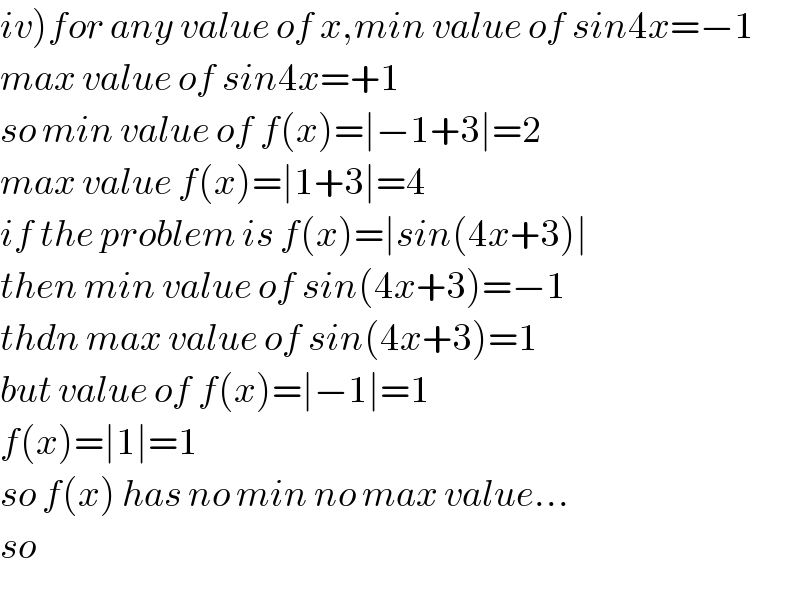
Answered by tanmay.chaudhury50@gmail.com last updated on 13/Jul/18
